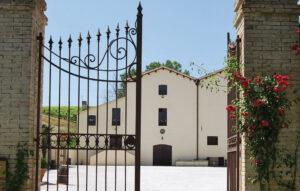Exploring the Sangiovese-Based Wines of Morellino and the Diverse Zones of Chianti
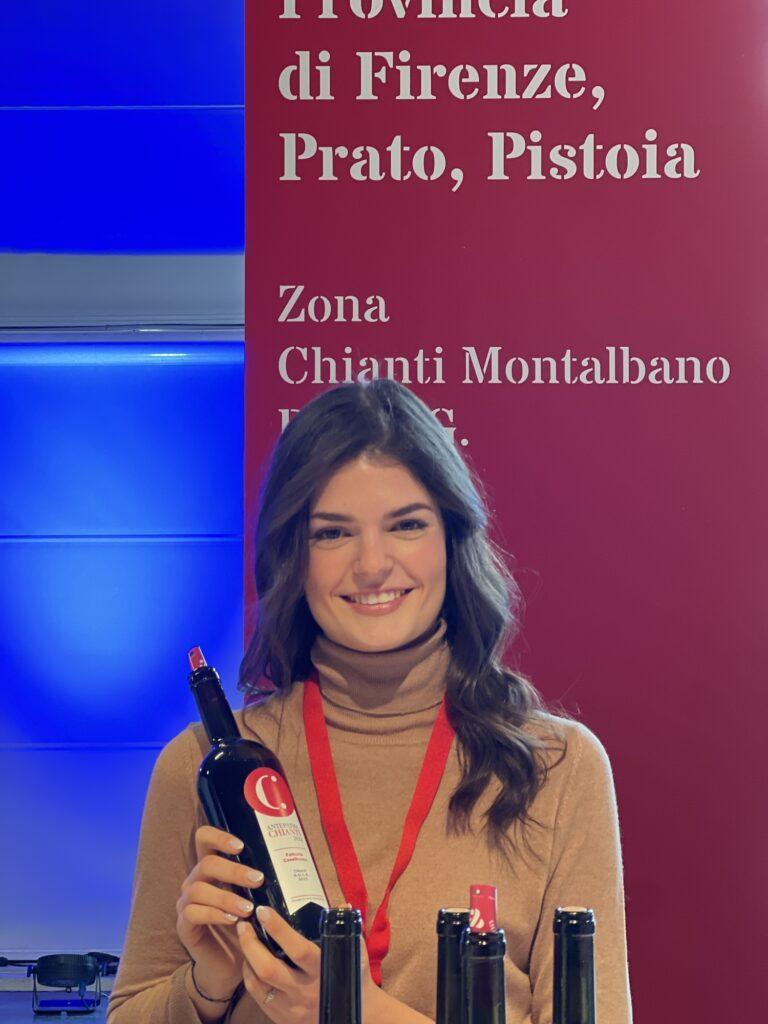
When people think about Tuscan wine, Chianti Classico often comes to mind. Yet the region offers a wealth of exciting Sangiovese-based wines.
Each year, producers of Morellino and the other ChiantiVino Nobile di Montepulciano regions offer the restaurant and wine trade an opportunity to taste the new vintage. I love attending this annual event, because I have the rare opportunity to speak to the producers in person about their wines and their estates.
Though our conversation focuses on winemaking, it’s also interesting to see how through the years they are turning their attention to related activities such as wine tours, opening rooms in their estates, and even establishing restaurants on their estates.
The Sangiovese Grape: Emblem of Tuscany
Sangiovese, Tuscany’s most prominent grape variety, is the backbone of most of the region’s red wines. This includes the wines from Morellino and Chianti.
Known for its versatile nature, Chianti adapts well to various microclimates, resulting in a wide range of wine styles. Sangiovese enjoy praise for their lively acidity, firm tannins, and a spectrum of flavors from tart cherry and ripe red fruits to earthy and herbal notes.
Morellino: A Hidden Gem in the Tuscan Wine Landscape
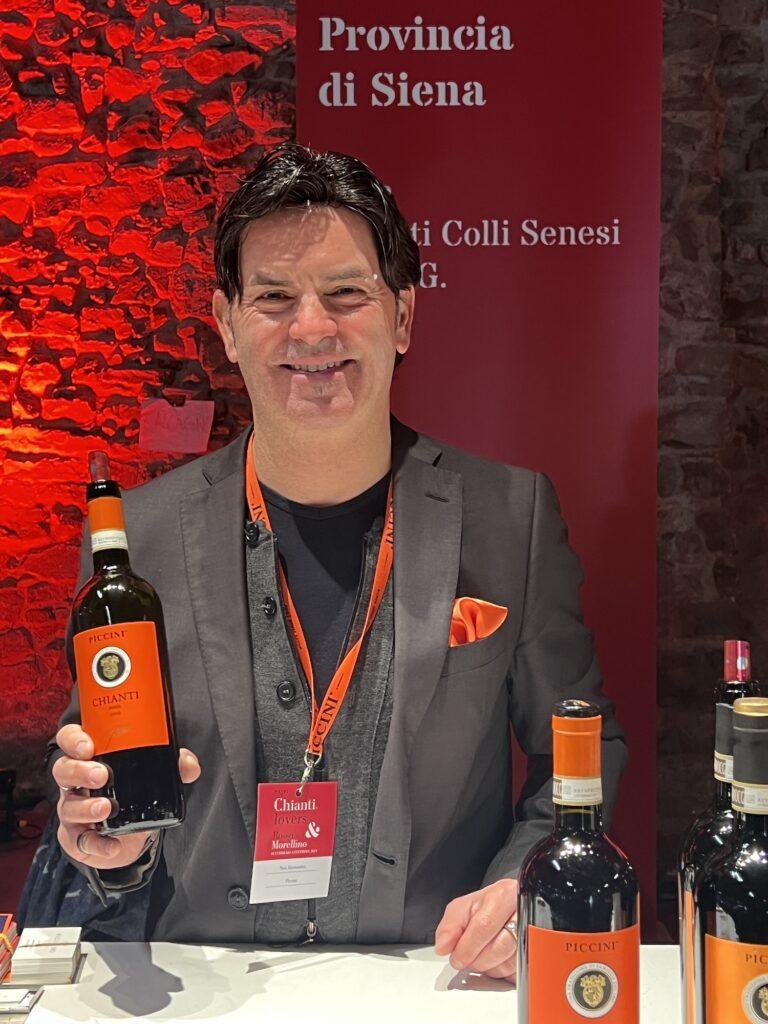
Located in the southern part of Tuscany, the Morellino region, specifically recognized as Morellino di Scansano, offers wines that encapsulate the warmth of the Maremma area. The term “Morellino” is the local name for Sangiovese, highlighting the region’s deep connection to the grape.
Climate and Terrior
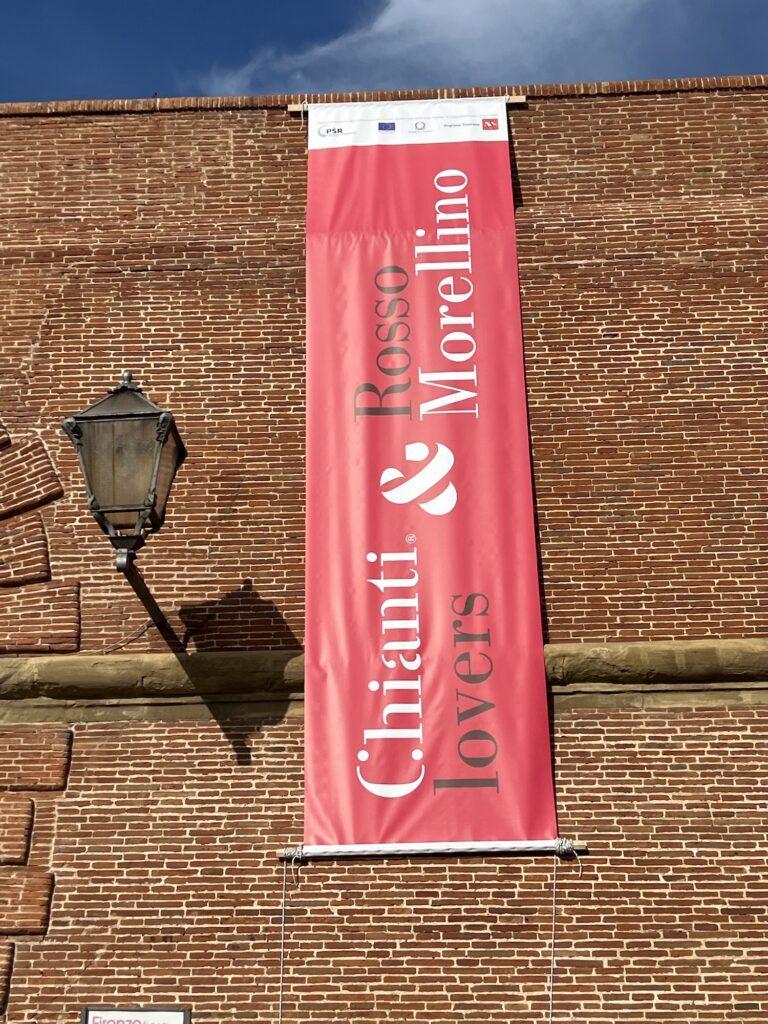
The Morellino di Scansano DOCG benefits from a unique combination of coastal breezes and a warm climate, which contribute to a longer ripening season. This results in Sangiovese grapes that develop a fuller body and more intense flavors compared to their northern counterparts.
Wine Characteristics
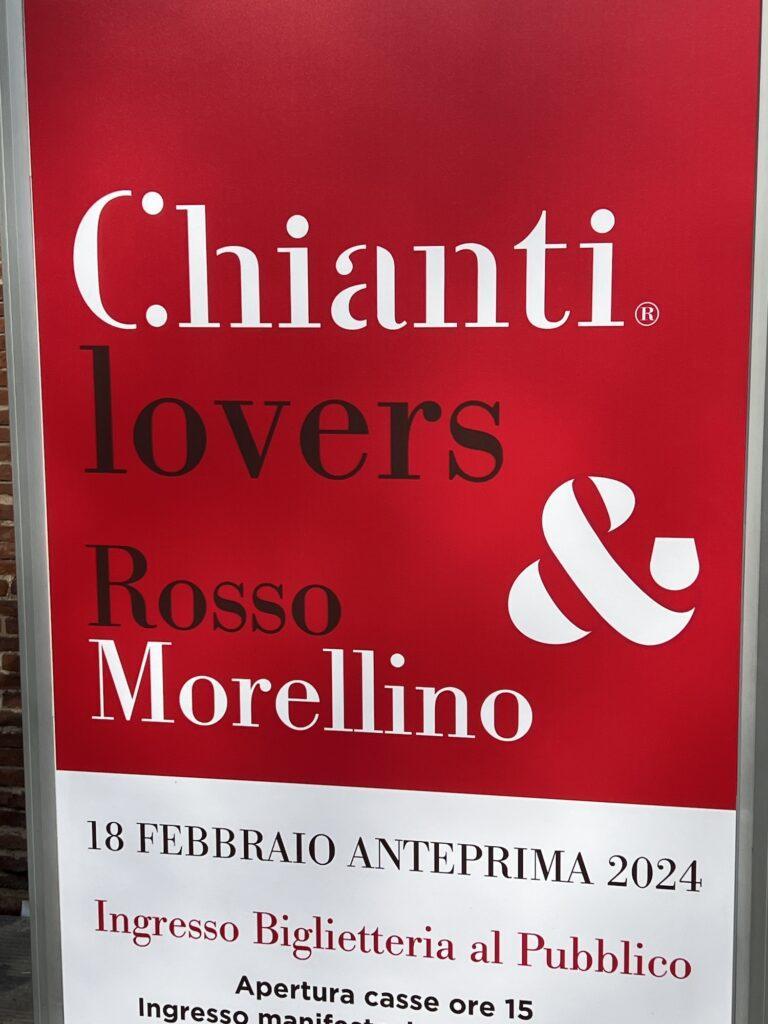
Morellino di Scansano wines are known for their approachable nature, often characterized by a balance of fruitiness and savory elements. They typically showcase flavors of ripe red berries, plum, and hints of Mediterranean herbs, underpinned by a pleasant acidity and smooth tannins. These wines are versatile, pairing well with a variety of dishes, from traditional Tuscan fare to international cuisines.
Beyond Chianti Classico: The Diverse Zones of Chianti
While Chianti Classico is a well-known zone within the Chianti wine region, there are several other areas within Chianti that produce exceptional Sangiovese-based wines, each with its own distinct identity.
Chianti Colli Senesi
Surrounding the hills of Siena, Chianti Colli Senesi is known for producing softer and more fragrant versions of Chianti. The cooler climate and varied soil types contribute to the elegant and aromatic profile of these wines.
Chianti Colli Fiorentini
Close to Florence, the Colli Fiorentini zone offers wines that are typically fresh and vibrant, reflecting the youthful spirit of the area. The wines from this region can range from light and easy-drinking to more structured and complex, depending on the vineyard’s specific location and winemaking practices.
Chianti Rufina
Northeast of Florence, Chianti Rufina is one of the smallest and highest-altitude zones, leading to a longer growing season. This area is renowned for producing Sangiovese wines with pronounced acidity and tannins, capable of aging gracefully. Rufina’s wines are often noted for their concentrated flavors, including dark cherry, violet, and earthy notes.
Chianti Montalbano
Chianti Montalbano, located west of Florence, is known for its round, approachable wines with a focus on fruit-forward and floral characteristics. The region’s mild climate and the influence of the nearby coast contribute to the softer style of these Sangiovese wines.
Chianti Montespertoli
Recognized as a sub-zone in 1997, Chianti Montespertoli is dedicated to producing high-quality wines with a distinct identity. The wines from Montespertoli are appreciated for their balance of fruit, acidity, and tannins, showcasing the potential of this smaller area within the broader Chianti region.
Chianti Colli Aretini (The Hills of Arezzo)
Situated south and east of Florence, the Chianti Colli Aretini zone encompasses the hills around Arezzo. This area produces wines that blend Sangiovese’s traditional acidity and tannin structure with the elegance and aromatic complexity influenced by the region’s varied topography. The wines from Colli Aretini often exhibit a fine balance between fruit and earthy notes, with a potential for ageing that brings out more nuanced secondary flavors.
Chianti Colli Pisane (The Hills of Pisa)
The westernmost zone, Chianti Colli Pisane, lies near Pisa and benefits from the moderating influence of the Tyrrhenian Sea. This maritime influence ensures a mild climate, allowing Sangiovese to ripen fully while retaining its characteristic acidity. The result is a softer style of Chianti, with generous fruit flavors and a gentler tannic edge, making these wines accessible and enjoyable in their youth.
Conclusion
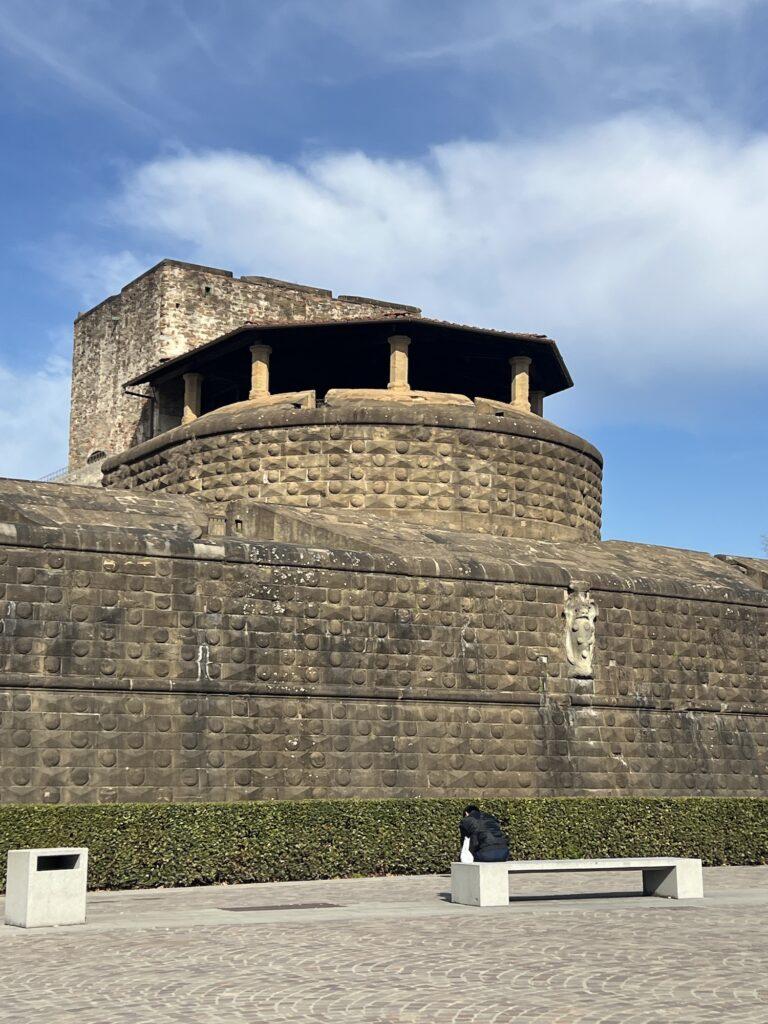
The Sangiovese-based wines of Morellino and the various zones of Chianti offer a fascinating glimpse into the diversity of Tuscany’s wine landscape. From the sun-kissed hills of Morellino di Scansano to the varied terrains of the Chianti zones outside Classico, each area brings its own unique expression of Sangiovese to the forefront. These regions demonstrate the versatility and depth of Tuscany’s flagship grape, inviting wine enthusiasts to explore beyond the well-trodden path of Chianti Classico.


